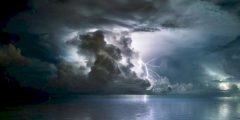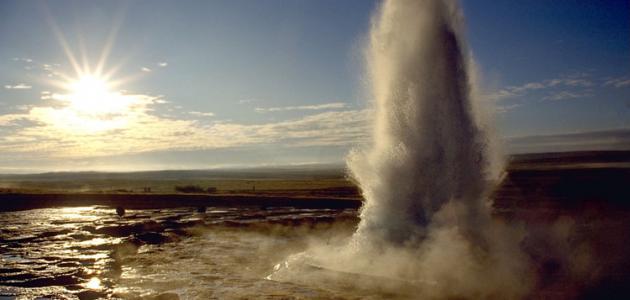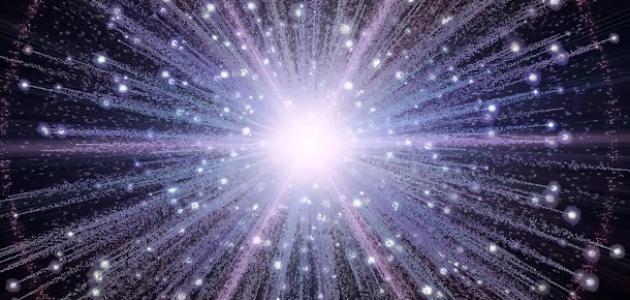Black hole
A black hole is known as a place in outer space with strong gravity so that light cannot escape from it. The reason for this strength is that some stars after their death fall under great pressure, in a small space. Black holes are considered invisible because they are black and absorb light, as they can Observing them using special telescopes, by observing the movement of stars that are very close to them, as they begin to behave in different ways from other stars, and black holes can be very large, or very small, and scientists believe that the smallest very small black hole is the size of one atom, But it has the mass of a large mountain, and the mass of others is 20 times more than the mass of the sun. Only massive stars, which are three times larger than the mass of the sun, turn into black holes at the end of their lives. As for small stars, they turn into bodies with lower pressure, and turn into black holes at the end of their lives. into neutron stars, or white dwarfs.
Types of black holes
Black holes can be differentiated on three grounds: mass, spin, and charge. There are four types of black holes that are classified according to mass:
- Primordial black holes, which have a mass similar to, or less than, the Earth's mass, likely formed at the time of the Big Bang as a result of the lateral collapse of regions of high density.
- Major black holes: These holes have a mass ranging between 4 and 15 solar masses, and they were formed due to the central collapse of the massive star at the end of its life.
- Intermediate-density black holes, which can have a mass of up to a few thousand solar masses, may transform into supermassive black holes.
- Supermassive black holes, which can have masses of millions or billion solar masses, are found at the centers of most large galaxies.
Black holes can be classified based on spin and charge into the following:
Read also:How was the earth- Schwarzschild black holes, which are black holes that do not rotate, are static, and do not contain an electrical charge.
- Kerr black holes are characterized by a rotating black hole, but without an electrical charge.
- There are two types of charged black holes: the Reissner-Nordstrom hole, which is non-rotating but charged, and the Kerr-Newman hole, which is rotating and charged.
Various facts about black holes
There are many interesting facts about black holes, including:
- Theories suggest that if someone fell into a black hole, the object would expand like spaghetti, but a 2012 study suggested that quantum effects would create a wall of fire, which would instantly incinerate an object.
- Objects fall into the black hole, and it does not absorb them into it.
- Any small star would be torn apart if it passed too close to the black hole.
- Scientists estimate that there are between 10 million and XNUMX billion stellar black holes the size of three solar masses in the Milky Way Galaxy.
- The first black hole was identified in 1971 and is called (Cygnus X-1). Scientists discovered radio emissions coming from this hidden hole, and it was classified as a black hole.









